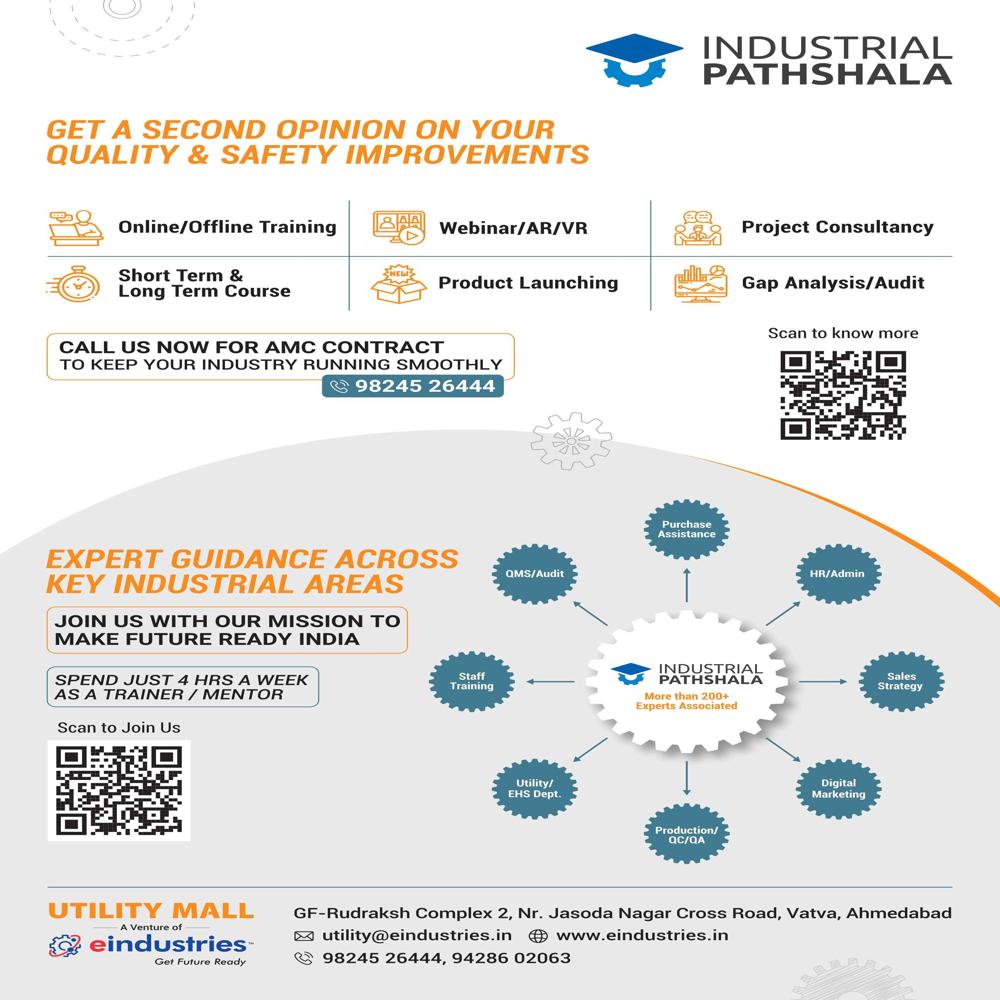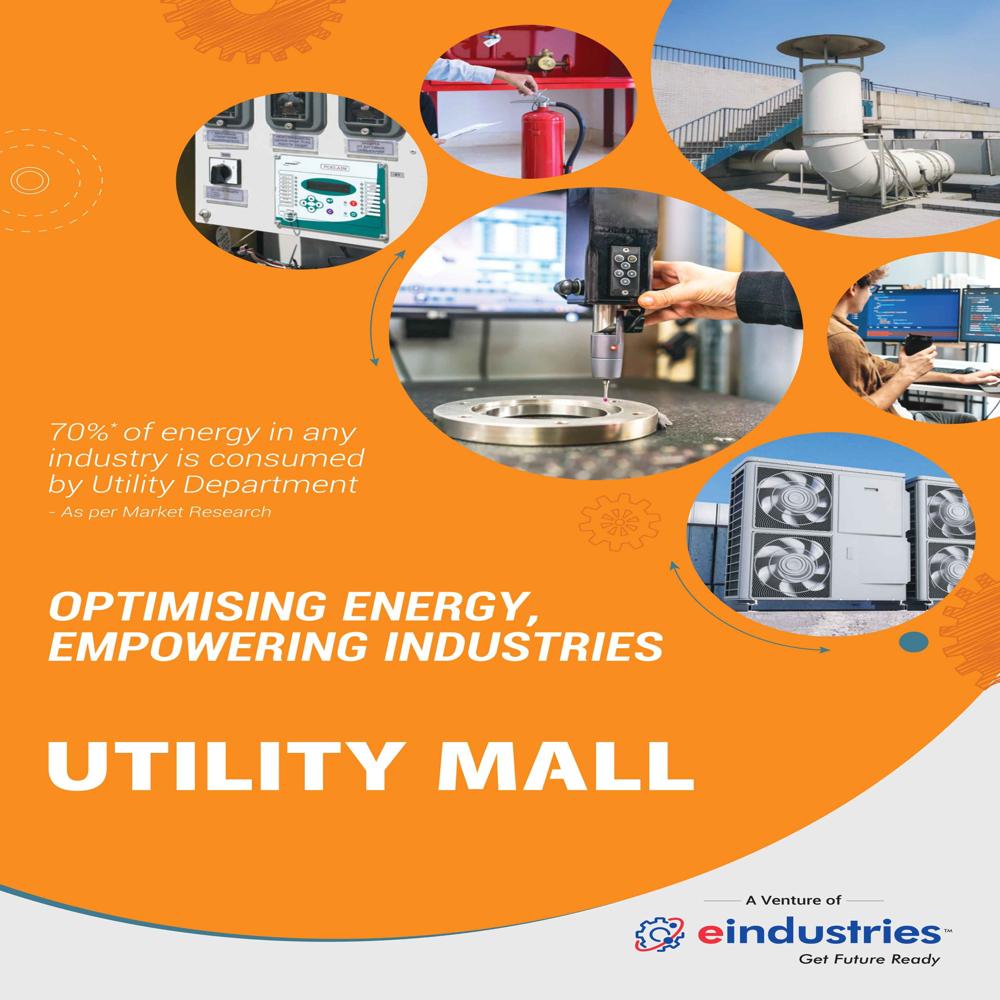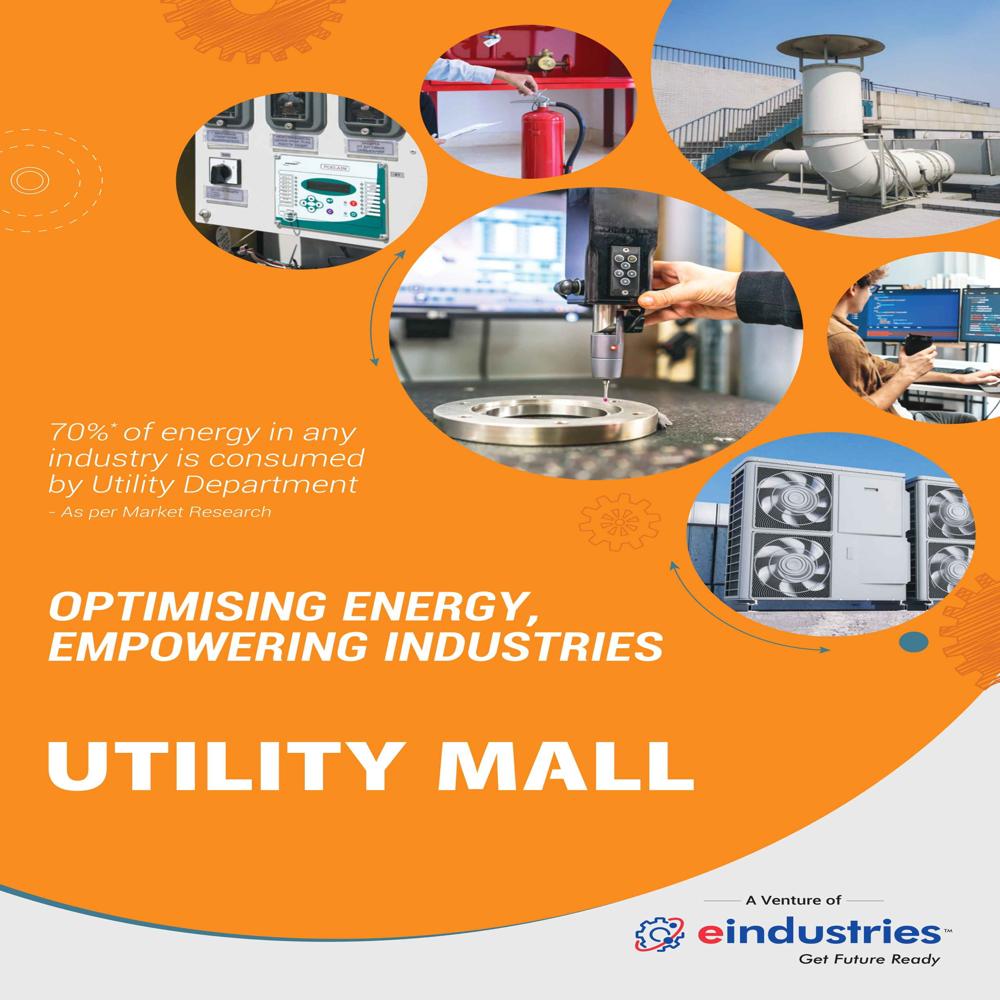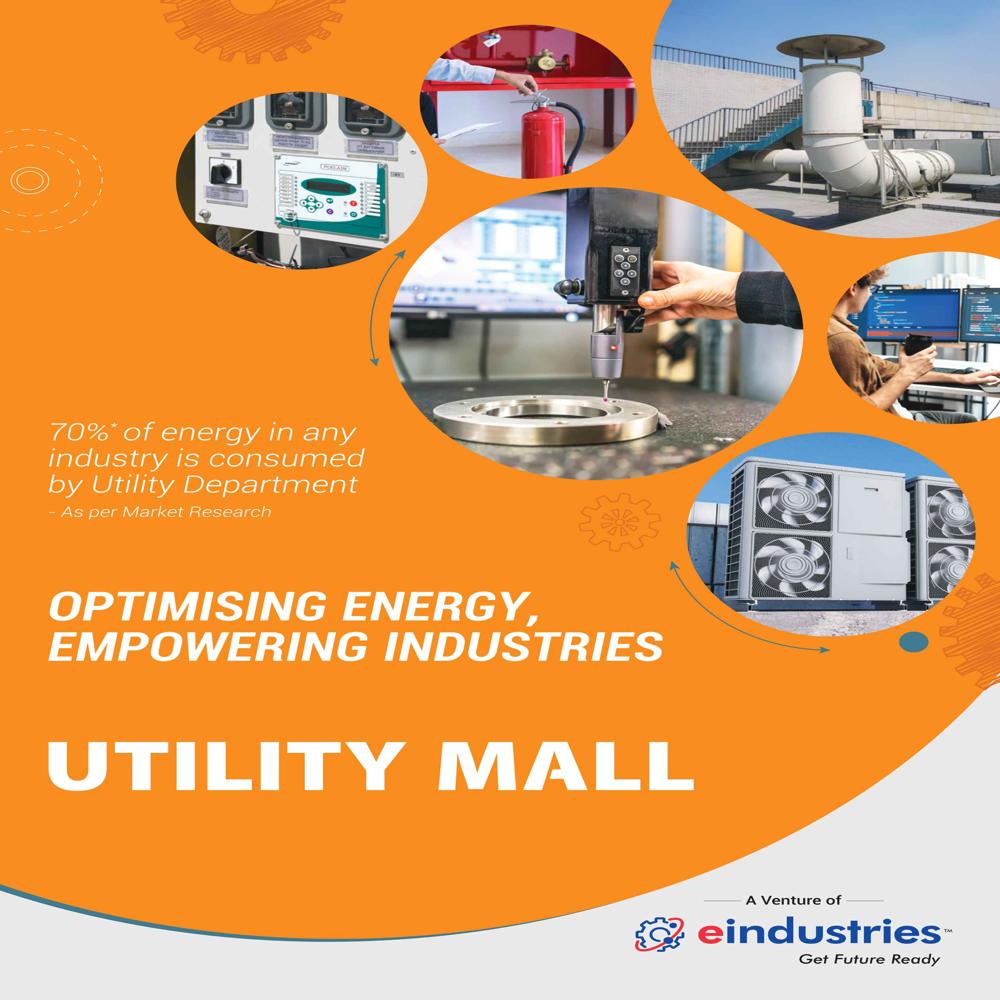Trade Information
- Minimum Order Quantity
- 1 Unit
- ચુકવણી શરતો
- , , ,
- પુરવઠા ક્ષમતા
- દર મહિને
- ડિલિવરી સમય
- દિવસો
- મુખ્ય સ્થાનિક બજાર
About
Air monitoring instruments are devices that measure gaseous and particulate pollutants, as well as environmental factors like temperature and humidity, to assess air quality. They work by using sensors to detect specific pollutants and environmental conditions, collect data, and process it for analysis and display. The collected data can be used in real-time, displayed on screens, or sent for lab analysis, providing insights for research, industrial safety, and environmental health.
Types and functions
- Sensors: The core components that detect specific pollutants like sulfur dioxide (2), nitrogen dioxide (2), carbon monoxide (CO), ozone (3), particulate matter (PM), and volatile organic compounds (TVOCs). Some sensors also measure environmental factors such as temperature, humidity, and pressure.
- Data acquisition systems: These systems collect data from sensors using tools like data loggers or microcontrollers.
- Communication infrastructure: Data is transmitted from the sensors to a central hub for analysis through methods like cellular networks, Wi-Fi, or satellite systems.
- Data processing and analysis software: Specialized software evaluates the data to determine pollution levels and can generate alerts or reports when thresholds are exceeded.
- Display and reporting interfaces: Processed data is presented to users through user-friendly formats like mobile apps, websites, or dashboards, providing real-time updates and historical trends.
- Specific devices:
- Air quality meters: Versatile devices for indoor use that can simultaneously measure pollutants like TVOCs and formaldehyde, along with temperature and humidity, often displaying the results with a visual indicator (green, yellow, or red).
- Mass monitors: Handheld devices, such as the Aerocet 831, that monitor indoor air quality by measuring different size ranges of particulate matter (PM1, PM2.5, PM10).
- Air quality stations: Automated stations that provide continuous, real-time measurements of various pollutants, designed to meet performance standards comparable to reference methods.
- SUMA canisters: Stainless steel vessels that collect air samples for later analysis in a laboratory or mobile air monitoring lab, allowing for the identification of a wide spectrum of chemical constituents.
- Anemometers: Instruments used to monitor air velocity, which is crucial in settings like clean rooms to ensure air flow is sufficient to remove particles.
Key applications
- Indoor air quality: Monitoring homes, offices, and schools for pollutants like VOCs and formaldehyde.
- Environmental health: Assessing neighborhoods or large infrastructures to ensure optimal environmental conditions.
- Industrial processes: Ensuring safety and compliance in manufacturing, semiconductor fabrication, and other industries by monitoring for specific airborne contaminants.
- Research: Researchers use these instruments to analyze gaseous and particulate pollutants in work environments.







Tell us about your requirement

Price: Â
Quantity
Select Unit
- 50
- 100
- 200
- 250
- 500
- 1000+
Additional detail
મોબાઈલ number
Email









 પૂછપરછ મોકલો
પૂછપરછ મોકલો